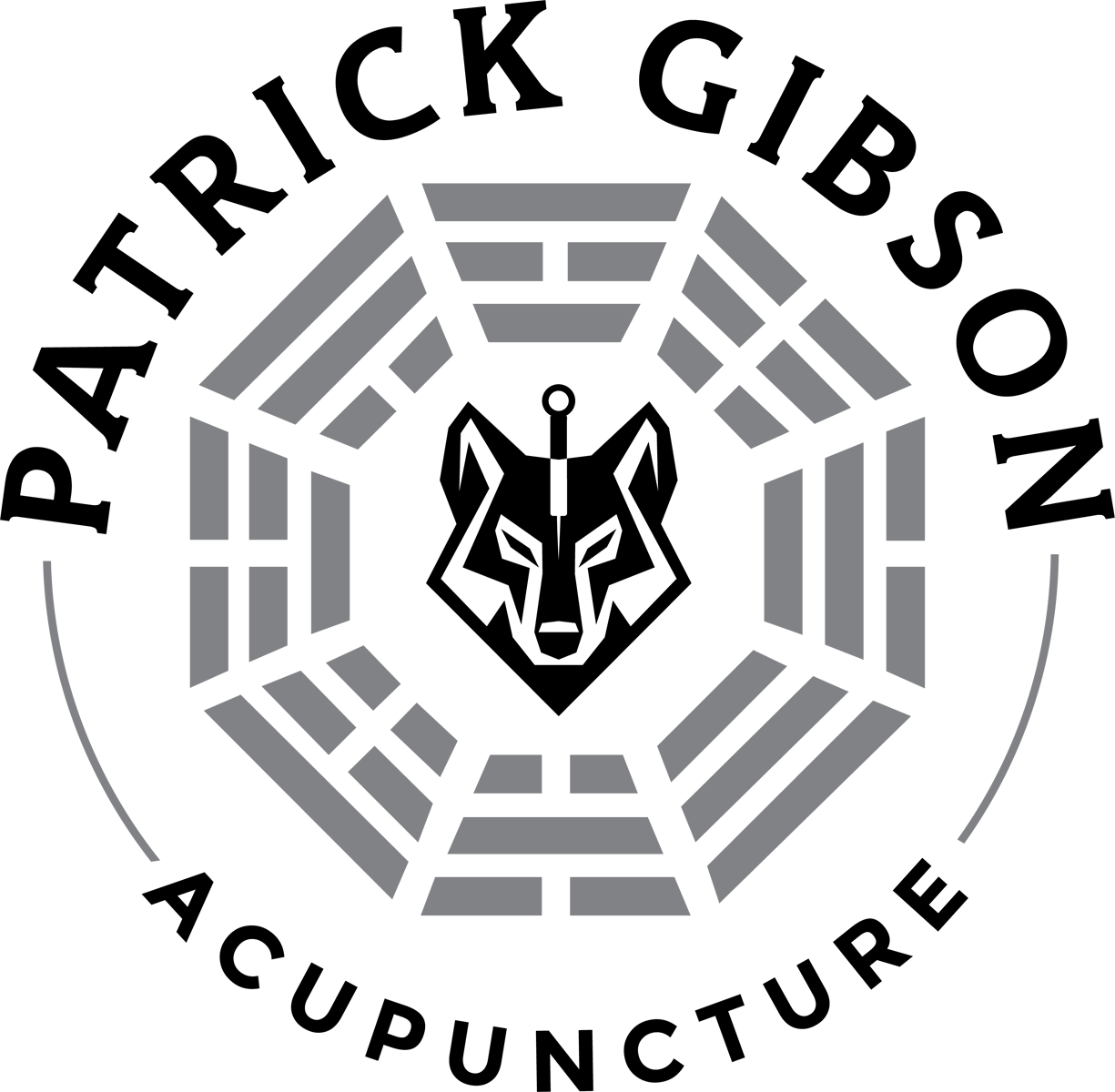Techniques
Acupuncture treatments may involve various techniques to address different health concerns. Each technique is tailored to the individual's needs and aims to restore balance and alleviate symptoms in the body's energy pathways.
Techniques
Acupuncture treatments may involve various techniques to address different health concerns. Each technique is tailored to the individual's needs and aims to restore balance and alleviate symptoms in the body's energy pathways.
Techniques
Acupuncture treatments may involve various techniques to address different health concerns. Each technique is tailored to the individual's needs and aims to restore balance and alleviate symptoms in the body's energy pathways.
Acupuncture
Acupuncture is believed to work through multiple mechanisms, including the stimulation of endorphin release, which helps relieve pain and promote well-being. By targeting specific points, acupuncture activates the nervous system and triggers the release of these natural painkillers. It also influences the autonomic nervous system, helping regulate functions like blood pressure, digestion, and immune response.
Additionally, acupuncture is thought to have anti-inflammatory effects, reducing pro-inflammatory markers to alleviate pain and swelling. As a holistic therapy, acupuncture promotes healing, balance, and overall health.
Acupuncture
Acupuncture is believed to work through multiple mechanisms, including the stimulation of endorphin release, which helps relieve pain and promote well-being. By targeting specific points, acupuncture activates the nervous system and triggers the release of these natural painkillers. It also influences the autonomic nervous system, helping regulate functions like blood pressure, digestion, and immune response.
Additionally, acupuncture is thought to have anti-inflammatory effects, reducing pro-inflammatory markers to alleviate pain and swelling. As a holistic therapy, acupuncture promotes healing, balance, and overall health.
Cupping
From a Western medicine perspective, cupping therapy involves creating suction on the skin using cups, which can be made of glass, bamboo, or silicone. This suction draws the skin and underlying tissues into the cup, promoting increased blood flow to the area. The enhanced circulation can help alleviate muscle tension, reduce pain, and promote healing by delivering more oxygen and nutrients to the tissues.
Cupping is also thought to stimulate the immune system and encourage the release of inflammatory substances, which can aid in the healing process. The negative pressure created by the cups may help break up adhesions and improve lymphatic drainage, reducing swelling and promoting detoxification.
Cupping
From a Western medicine perspective, cupping therapy involves creating suction on the skin using cups, which can be made of glass, bamboo, or silicone. This suction draws the skin and underlying tissues into the cup, promoting increased blood flow to the area. The enhanced circulation can help alleviate muscle tension, reduce pain, and promote healing by delivering more oxygen and nutrients to the tissues.
Cupping is also thought to stimulate the immune system and encourage the release of inflammatory substances, which can aid in the healing process. The negative pressure created by the cups may help break up adhesions and improve lymphatic drainage, reducing swelling and promoting detoxification.
Gua Sha
Gua sha is a technique that involves scraping the skin with a smooth-edged tool to promote circulation and relieve muscle tension. The scraping action increases blood flow to the treated area, which can help reduce inflammation and promote healing by delivering more oxygen and nutrients to the tissues. The localized trauma created by gua sha may also stimulate the immune response, leading to the release of various healing factors that aid in tissue repair. Additionally, the technique can help break up adhesions and improve lymphatic drainage, which may reduce swelling and enhance overall mobility.
Furthermore, gua sha may trigger the release of endorphins and other neurotransmitters, contributing to pain relief and a sense of relaxation. Overall, while gua sha is rooted in traditional Chinese medicine, its effects can be understood through the lens of Western medicine as a method to enhance circulation, promote healing, and alleviate muscle tension.
Gua Sha
Gua sha is a technique that involves scraping the skin with a smooth-edged tool to promote circulation and relieve muscle tension. The scraping action increases blood flow to the treated area, which can help reduce inflammation and promote healing by delivering more oxygen and nutrients to the tissues. The localized trauma created by gua sha may also stimulate the immune response, leading to the release of various healing factors that aid in tissue repair. Additionally, the technique can help break up adhesions and improve lymphatic drainage, which may reduce swelling and enhance overall mobility.
Furthermore, gua sha may trigger the release of endorphins and other neurotransmitters, contributing to pain relief and a sense of relaxation. Overall, while gua sha is rooted in traditional Chinese medicine, its effects can be understood through the lens of Western medicine as a method to enhance circulation, promote healing, and alleviate muscle tension.
Tuina
Tuina is a traditional Chinese therapeutic massage technique that involves applying targeted pressure to specific points and muscle groups on the body to promote healing and alleviate pain. By using a variety of hand techniques, such as kneading, rolling, pressing, and stretching, tuina aims to improve circulation. This therapy is often used to treat musculoskeletal issues, stress, and a range of chronic conditions, while also enhancing overall health and well-being.
Tuina
Tuina is a traditional Chinese therapeutic massage technique that involves applying targeted pressure to specific points and muscle groups on the body to promote healing and alleviate pain. By using a variety of hand techniques, such as kneading, rolling, pressing, and stretching, tuina aims to improve circulation. This therapy is often used to treat musculoskeletal issues, stress, and a range of chronic conditions, while also enhancing overall health and well-being.
Moxibustion
Moxibustion involves the burning of mugwort (moxa) near specific acupuncture points to provide heat and stimulate healing. The heat generated by moxa enhances blood circulation which can help alleviate pain and improve overall health. The application of heat can also induce a local inflammatory response, which fosters tissue repair and regeneration. Additionally, the warmth from moxibustion can relax muscles and reduce tension, contributing to pain relief. Western medicine recognizes several potential benefits through mechanisms such as improved circulation, muscle relaxation, and the modulation of inflammatory processes.
Moxibustion
Moxibustion involves the burning of mugwort (moxa) near specific acupuncture points to provide heat and stimulate healing. The heat generated by moxa enhances blood circulation which can help alleviate pain and improve overall health. The application of heat can also induce a local inflammatory response, which fosters tissue repair and regeneration. Additionally, the warmth from moxibustion can relax muscles and reduce tension, contributing to pain relief. Western medicine recognizes several potential benefits through mechanisms such as improved circulation, muscle relaxation, and the modulation of inflammatory processes.
Questions
Before Booking?
Please reach out and we can have a quick chat.
Contact Us
Thank you for getting in touch.
I will follow up with you within the next business day.
Please call (780) 951-5091
if you have immediate questions.
There was an error sending your message.
Please try again later
Questions Before Booking?
Please reach out and we can have a quick chat.
Contact Us
Thank you for getting in touch.
I will follow up with you within the next business day.
Please call (780) 951-5091
if you have immediate questions.
There was an error sending your message.
Please try again later

Embrace Optimum Health
With Acupuncture
QUICK LINKS
All Rights Reserved | Patrick Gibson Acupuncture



